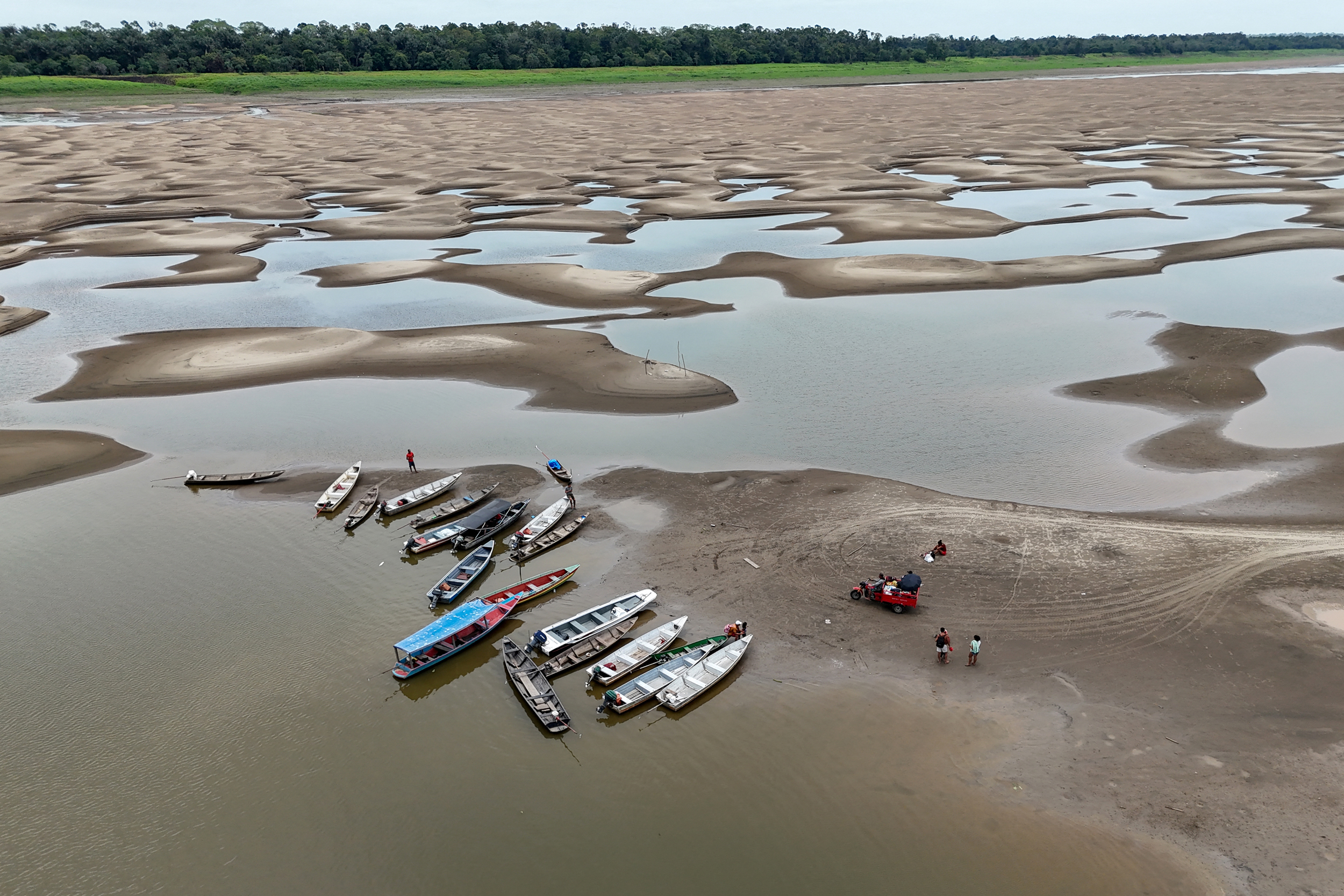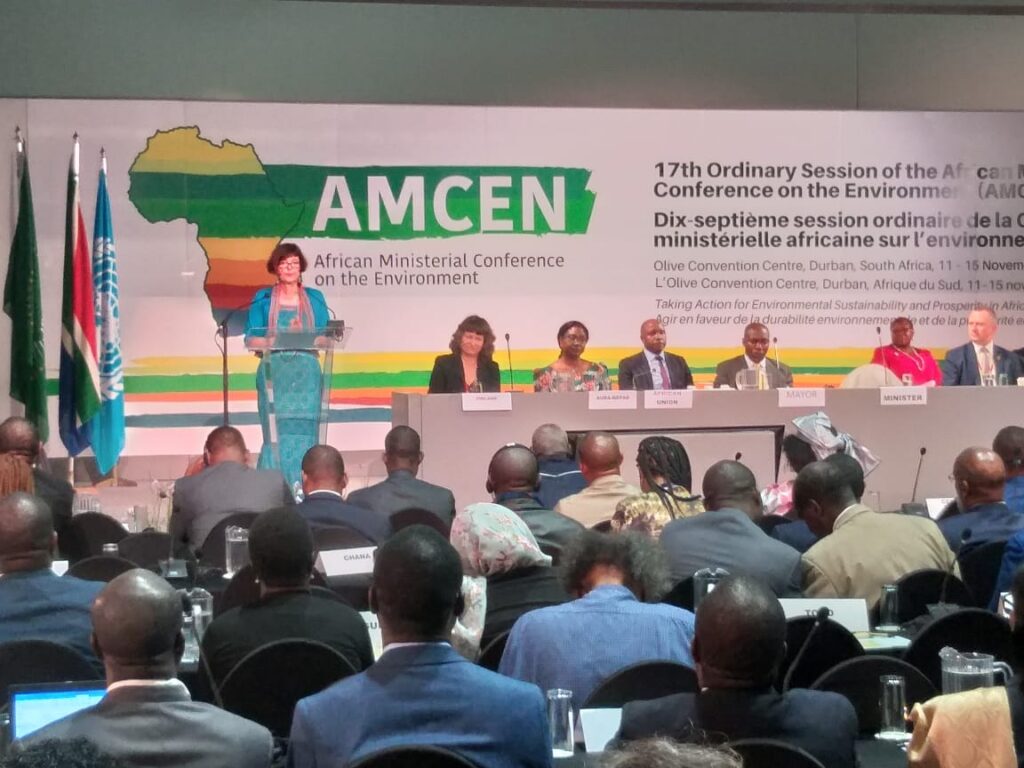Freshwater is disappearing at alarming rates - new study
By Victor Siokwu - in Climate Change

Earth’s continents have experienced unprecedented freshwater loss since 2002, driven by climate change, unsustainable groundwater use and extreme droughts. A new ASU-led study highlights the emergence of four continental-scale “mega-drying” regions, all located in the Northern Hemisphere, with staggering implications for freshwater availability.
New findings from studying over two decades of satellite observations reveal that the Earth’s continents have experienced unprecedented freshwater loss since 2002, driven by climate change, unsustainable groundwater use and extreme droughts.
The study, led by Arizona State University and published today in Science Advances, highlights the emergence of four continental-scale “mega-drying” regions, all located in the Northern Hemisphere, and warns of severe consequences for water security, agriculture, sea-level rise and global stability. The research team reports that drying areas on land are expanding at a rate roughly twice the size of California every year. And, the rate at which dry areas are getting drier now outpaces the rate at which wet areas are getting wetter, reversing long-standing hydrological patterns. The negative implications of this for available freshwater are staggering. Seventy-five percent of the world’s population lives in 101 countries that have been losing freshwater for the past 22 years. According to the United Nations, the world’s population is expected to continue to grow for the next 50 to 60 years — at the same time the availability of freshwater is dramatically shrinking. The researchers identified the type of water loss on land, and for the first time, found that 68% came from groundwater alone — contributing more to sea-level rise than the Greenland and Antarctic ice sheets combined.
"These findings send perhaps the most alarming message yet about the impact of climate change on our water resources,” said Jay Famiglietti, the study’s principal investigator and a Global Futures Professor with the ASU School of Sustainability.
“Continents are drying, freshwater availability is shrinking, and sea-level rise is accelerating. The consequences of continued groundwater overuse could undermine food and water security for billions of people around the world. This is an ‘all-hands-on-deck’ moment — we need immediate action on global water security.”
The researchers evaluated more than two decades of data from U.S.-German Gravity Recovery and Climate Experiment (GRACE) and GRACE-Follow On (GRACE-FO) missions, looking at how and why terrestrial water storage has changed since 2002. Terrestrial water storage includes all of Earth’s surface and vegetation water, soil moisture, ice, snow and groundwater stored on land.
Source: ASU News
Related Topics





